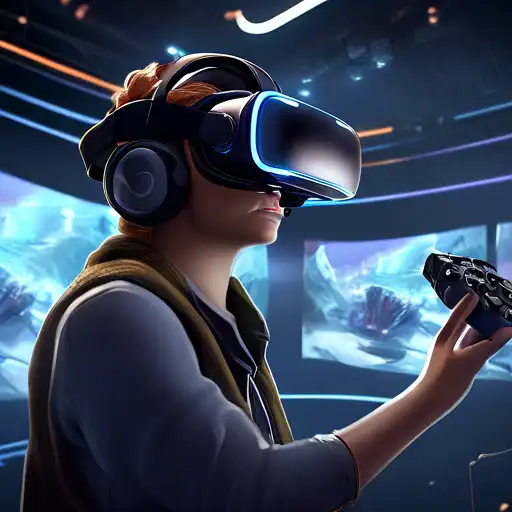Understanding the Complexities of VR Content Development
Virtual Reality (VR) has emerged as a groundbreaking technology, offering immersive experiences that were once the stuff of science fiction. However, developing content for VR presents a unique set of challenges that creators must navigate to deliver compelling experiences. This article explores the hurdles in VR content creation and offers insights into overcoming them.
Technical Limitations and Hardware Diversity
One of the primary challenges in VR content development is the technical limitations and the diversity of hardware. VR experiences require high frame rates and resolutions to prevent motion sickness, demanding powerful hardware. Additionally, the fragmentation in VR devices means developers must optimize content for multiple platforms, each with its own specifications and capabilities.
High Development Costs
Creating VR content is significantly more expensive than traditional media. The need for specialized software, hardware, and skilled personnel can drive up costs, making it difficult for small studios or independent creators to compete. Budget constraints can limit creativity and the scope of projects, impacting the overall quality of VR experiences.
User Experience and Interaction Design
Designing intuitive and comfortable user interactions in VR is another hurdle. Unlike traditional interfaces, VR requires natural movements and gestures, which can be challenging to implement effectively. Poorly designed interactions can lead to user frustration and disengagement, undermining the immersive potential of VR.
Content Length and Engagement
VR content must strike a delicate balance between length and engagement. Extended VR experiences can cause discomfort or fatigue, while shorter ones may not justify the effort and cost of development. Creators must carefully design content that maintains user interest without overwhelming them.
Overcoming the Challenges
Despite these obstacles, the future of VR content is bright. Advances in technology are gradually reducing hardware costs and improving performance. Collaborative tools and platforms are making it easier for creators to share resources and knowledge. By focusing on innovative design and user-centric approaches, developers can overcome the challenges of VR content creation and unlock the full potential of this exciting medium.
For those interested in exploring more about VR and its applications, check out our articles on VR Technology Trends and Innovative Uses of VR.
